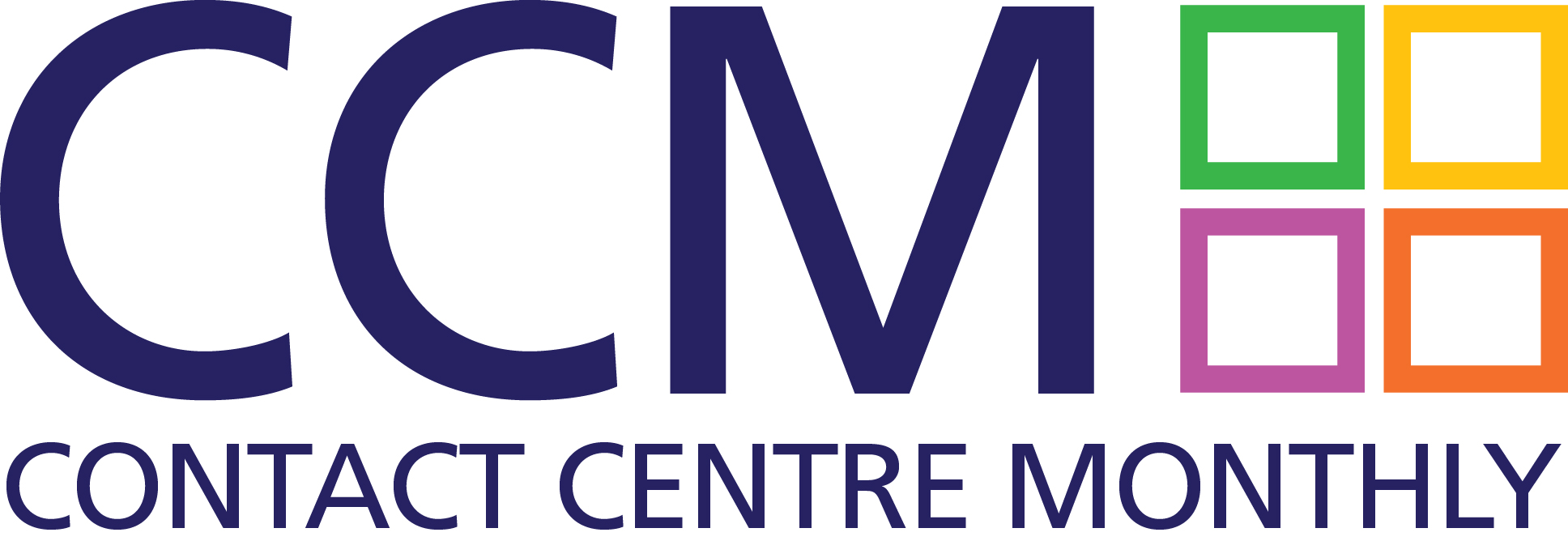For years, business process outsourcing (BPO) was synonymous with cost reduction. Companies turned to external service providers primarily to streamline operations, reduce headcount, and lower overheads. But that model is rapidly evolving – and for good reason.
New insights from Gartner highlight a significant strategic shift underway: service and support leaders are no longer viewing BPO merely as a cost-saving tactic, but as a critical lever for improving customer experience, driving digital transformation, and reinforcing brand values.
This evolution is reshaping how businesses select, work with, and evaluate BPO providers. The bottom line? Today’s BPOs need to do more than deliver at scale for less – they must demonstrate real value in consistency, innovation, and cultural alignment.
Consistency Trumps Cost: Why Quality Now Leads the BPO Agenda
Traditionally, BPO decisions have been governed by one major factor – price. But according to Gartner’s latest research, consistency of service delivery has now overtaken cost as the top priority for many organisations when selecting outsourcing partners.
That’s because poor quality is no longer seen as a short-term inconvenience – it’s a long-term liability. Inconsistent service leads to repeated customer contacts, increased complaints, damage to brand reputation, and ultimately, loss of loyalty. These downstream impacts erode the initial savings companies hoped to gain through outsourcing in the first place.
As businesses become more customer-focused and digitally mature, they’re demanding partners who can deliver the same quality day in and day out – regardless of volume spikes, seasonal peaks, or staff turnover. In this context, predictability and reliability are now key measures of BPO success.
CX Is a Strategic Priority – Not a Bonus
Another major shift lies in how companies are leveraging BPOs to drive customer experience (CX) improvements. No longer are BPOs just expected to hold the line – they’re being actively tasked with raising it.
Gartner reports that 44% of service leaders are now using BPO partnerships specifically to enhance CX outcomes, rather than simply maintaining service levels. This change is significant: it suggests that outsourcing is no longer just a back-office strategy, but a frontline driver of competitive differentiation.
With customer expectations higher than ever, and switching costs at an all-time low, the businesses that stand out are those that deliver fast, effortless, emotionally intelligent service across every touchpoint. Leading BPOs are responding by investing in training, quality frameworks, customer journey mapping, and CX-centric performance metrics to support these goals.
As a result, outsourcing success is no longer just measured by how many calls are answered – it’s about how customers feel after every interaction.
BPOs as Enablers of Automation and AI
In another break from the past, BPOs are increasingly being tapped to support automation and AI initiatives. Where once they were limited to handling low-complexity, high-volume tasks, today’s BPOs are being invited into the heart of digital transformation efforts.
Forward-thinking service leaders are recognising that their BPO partners often have a broader view of industry trends, tools, and technologies across multiple clients and sectors. This gives them a valuable perspective when co-designing intelligent automation, AI-powered chatbots, and workflow optimisations.
Gartner’s data reflects this shift: more businesses are partnering with BPOs not only to execute digital transformation, but to help shape it. That means modern BPOs must bring more than just people – they must bring platforms, process innovation, and tech expertise.
The impact of this shift is profound. Rather than being seen as a temporary or transactional solution, BPOs are becoming embedded contributors to long-term innovation strategies.
Culture Fit as a Competitive Advantage
Perhaps one of the most surprising findings in Gartner’s report is the increasing emphasis on cultural alignment between BPOs and their clients.
Far from being a soft factor, culture fit is now recognised as a key driver of customer satisfaction and employee engagement. Case studies in the report reveal how organisations that align closely with their BPO partners on values, tone of voice, and brand personality see measurable gains in customer effort scores and loyalty.
This makes sense when you consider that outsourced teams often serve as the voice and face of a company. If the tone, empathy, or problem-solving approach feels misaligned, customers can immediately detect the disconnect.
As a result, more companies are including culture-based criteria in their BPO selection processes, such as team dynamics, communication styles, DEI commitments, and even shared sustainability goals.
In essence, today’s most successful BPO partnerships are built not just on SLAs – but on shared purpose.
The New Role of BPO: Strategic Partner, Not Just Vendor
Taken together, these shifts point to a clear conclusion: the role of the BPO has changed dramatically. No longer simply an offshore cost-saving tactic, BPOs are now expected to act as strategic partners in business growth and customer success.
This new model demands more from both sides. Businesses must invest in more collaborative relationships with their BPOs, involving them earlier in strategic planning, sharing KPIs openly, and co-owning outcomes. Likewise, BPOs must develop deeper domain knowledge, stronger leadership capabilities, and more agile, data-driven operations.
Here’s what that looks like in practice:
- Joint success metrics: Instead of measuring call volumes or handling times alone, success is tracked by customer satisfaction, retention rates, and first-contact resolution.
- Proactive innovation: BPOs don’t wait to be told what to fix – they bring ideas for automation, simplification, and optimisation before issues arise.
- Coaching and enablement: Training isn’t just about scripts and systems anymore. It’s about empowering agents to make decisions, solve problems, and connect with customers as humans.
- Continuous improvement: The best BPOs now run like internal centres of excellence, using quality data, customer insights, and AI tools to drive ongoing improvement – not just stability.
What This Means for BPO Selection in 2025 and Beyond
For businesses looking to select or re-evaluate BPO partners, the message is clear: it’s time to rethink your criteria.
Instead of starting with “Who can do it cheaper?”, start with “Who can help us do it better?”
Ask potential partners:
- How do you support consistent service delivery, even during peak periods?
- What’s your track record in improving customer experience metrics?
- How do you integrate automation, AI, and analytics into your service model?
- What are your values – and how do they align with ours?
- How do you keep your people motivated, skilled, and customer-focused?
This isn’t about being idealistic – it’s about being pragmatic. The cost of poor quality, disengaged agents, or disconnected service is too high in a competitive marketplace. It’s time to invest in BPO relationships that deliver more than savings – they should deliver brand strength, customer loyalty, and operational excellence.
Final Thoughts
The BPO landscape is undergoing a radical transformation and for companies willing to adapt, that’s an enormous opportunity.
As customer expectations grow, AI capabilities expand, and digital journeys become more complex, businesses will need trusted partners who can scale with them, not just in size, but in sophistication. The future belongs to those who see BPO not as a shortcut, but as a strategic pathway to better business outcomes.
Contact
Charlie Adams
Director of Customer Success & Experience
Phone: +44 (0)7774 364395
Email: charlie.adams@customconnect.com





